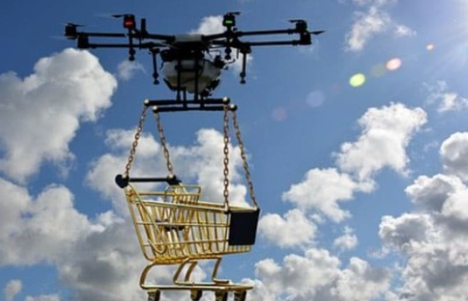The Future of Voice-Activated Technology
Voice-activated technology is on the brink of a significant transformation. Current advancements in artificial intelligence and natural language processing enhance accuracy and user engagement. As these technologies evolve, they promise to create more intuitive interactions, allowing for seamless incorporation into everyday life. However, looming concerns about privacy and data security could shape the trajectory of this innovation. What measures will be taken to balance user convenience with the protection of personal information?
Current State of Voice-Activated Technology
As voice-activated technology continues to evolve, it has become an integral part of daily life for millions around the globe.
Current user adoption trends indicate a growing comfort with voice interfaces, driven by improvements in voice recognition accuracy.
This technology empowers individuals, offering hands-free convenience and facilitating seamless interactions, ultimately enhancing personal freedom and efficiency in various aspects of everyday activities.
Innovations Shaping the Future
While advancements in artificial intelligence continue to drive innovation, the future of voice-activated technology is poised to undergo significant transformations.
Voice recognition advancements promise to improve accuracy and context understanding, allowing for more natural interactions.
Simultaneously, user experience enhancements will make these systems more intuitive, fostering a seamless integration into daily life and empowering users with greater control over their environments.
Read more: The Ethics of Artificial Intelligence and Its Impact on Society
Integration With Emerging Technologies
The integration of voice-activated technology with emerging technologies is revolutionizing the way individuals interact with their devices and environments.
By leveraging natural language processing, users can engage with their smart home systems more intuitively, allowing for seamless control over lighting, security, and appliances.
This symbiotic relationship enhances user autonomy, fostering a more interactive and personalized experience in everyday life.
Addressing Privacy and Security Concerns
Although voice-activated technology has significantly enhanced user convenience and interaction, it also raises critical privacy and security concerns that cannot be overlooked.
Issues surrounding data encryption and the necessity of user consent are paramount. Users must be aware of how their voice data is stored and utilized, ensuring that their freedom and privacy are respected in an increasingly interconnected digital landscape.
Conclusion
In conclusion, the future of voice-activated technology promises to transform user interactions much like a skilled conductor leading an orchestra, harmonizing various elements of daily life. As advancements in artificial intelligence and natural language processing continue to evolve, these tools will become increasingly seamless and intuitive. However, the path forward necessitates a vigilant approach to privacy and security, ensuring that while users embrace this innovative landscape, their autonomy and data remain safeguarded in the process.






